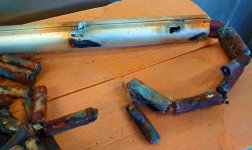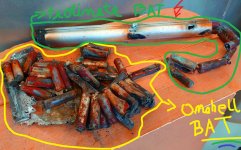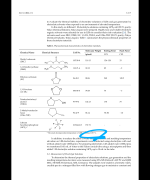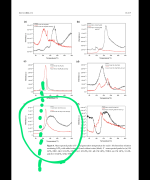Do you have had an experience with a fire?
Yes Sir, three cases. Soon I post some pics.
case #1 - onewheel XR fall into water , than removed from river. everything ok but with some water inside..

after 15minutes, the owner was ready to put into the trunk of a brad new sport Porsche cayenne.. than suddenly the onewheel went on crazy firee! porsche saved because onewheel not inside car, but at ground on flames.. a lucky case..

Imagine putting onewheel inside porche trunk at minute 10.. the owner closes car trunk and goes to a great sport drive. than a crazy fire starts at back of tha car.. what a movie... do insures cover lithium fires inside cars?
fortunately everyone safe and sport porsche ok 50miles on it, smells like new!
lithium fire is similar to oxygen feeded fire, very high temperatures. cause melted part of onewheel structure.. ++660Celsius??
case#2 one trotinete/patinete tube battery containing 30cells @ 30% charge level inside aluminium tube.
trying to open battery with a hammer and a screwdriver and happened one cell strike.. the tube went on crazy rocket fire mode, a lot of fire output 60cm long and a lot toxic smoke, I had to jump above fire flame to exit lab What a movie!!
after 10min tube seems ok.. ready to go outise for safety. but tube was gettin more and more hot. just one cell fire. 29cells left for the show..
tube drooped outside building, than after some time it started a rocket type flame, a lot of loud sound pfffff melody type, and similar to elon musk rockets.. just a lot of somke & fire 1,5 meter long but no thrust power.. just a flame thrower

it was just a
30% SOC battery.. imagine more scenario when charged at 100%
case#3 a person with x2 citycoco20Ah 67V batteries inside house. but one had a bms faulty no top cutting voltage and battery debalenced.. the person left it chargin with a 2A charger, and after some hours, guess?
one battery starts a
crazy fire inside house!!
one battery crazy fire and shouts incandescent stuff and hit the other battery. but second battery only plastic case with melted spots. the fire starter battery all burned!! 2nd battery saved.
everything ok and a house black wall.. but everyone safe and wall painted again!
never trust unknow bms protection! another scary movie!
I have nothing more to say.
Thanks for your time reading this.
PS: Sorry my PT english












